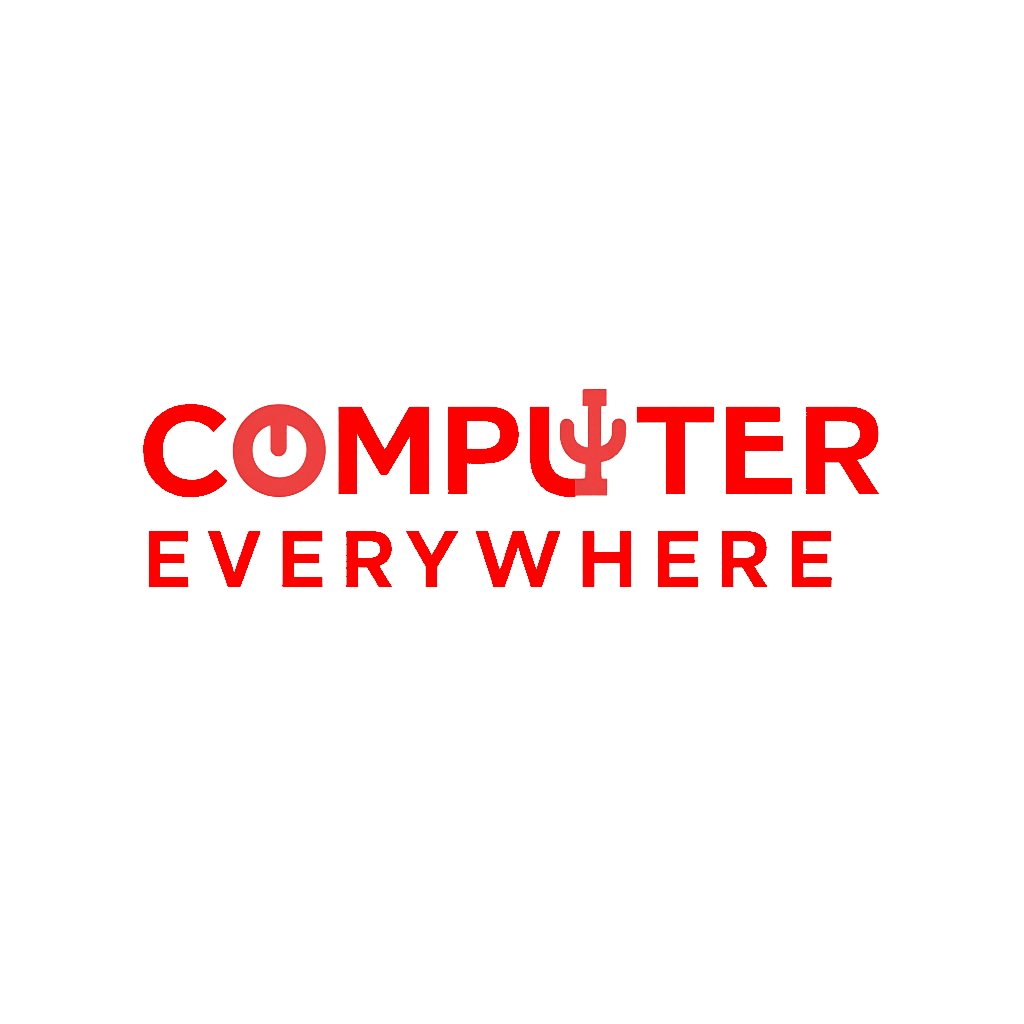Your cart is currently empty!
How To Dual Boot Windows And Debian
Setting up a dual boot with Windows and Debian gives you the best of both worlds — the power and flexibility of Linux, alongside the compatibility of Windows. Whether you’re a developer, a tinkerer, or just curious about Linux, this guide walks you through the process with no fluff, just the steps you need.
What You’ll Need
- A computer with Windows installed
- At least 20 GB of free disk space
- A USB stick (4 GB or more)
- A copy of the Debian ISO (download from https://www.debian.org)
- A tool to create bootable USBs (like Rufus or balenaEtcher)
Step 1: Back Up Your Data
Before you touch any partitions or operating systems, back everything up. This process is safe if done correctly, but there’s always a chance something could go wrong. Use an external drive or cloud backup.
Step 2: Free Up Space for Debian
- Open Disk Management in Windows (hit
Win + X, then choose Disk Management). - Right-click your main partition (usually C:) and choose Shrink Volume.
- Shrink at least 20 GB for Debian (more if you can).
- Leave the space unallocated — Debian will use it later.
Step 3: Create a Debian Bootable USB
- Download the Debian ISO from the official site.
- Use Rufus (Windows) or balenaEtcher (cross-platform) to write the ISO to a USB stick.
- Make sure the USB is formatted correctly (usually FAT32) and the ISO is written in ISO mode, not DD mode.
Step 4: Boot from USB and Install Debian
- Reboot your PC and enter the BIOS/UEFI settings (usually by pressing
F2,F12,DEL, orESCduring startup). - Change the boot order to boot from USB first.
- Select your Debian USB and boot into the Debian installer.
Step 5: Install Debian Alongside Windows
- In the Debian installer, choose “Graphical Install”.
- Go through the setup steps (language, timezone, etc.).
- When you reach Partition Disks, choose:
- “Manual” partitioning
- Find the unallocated space you created earlier
- Create:
- A root (
/) partition (~15+ GB, ext4) - A swap partition (equal to your RAM size if you don’t use hibernation, otherwise 1.5x RAM)
- Optionally, a home (
/home) partition for your files
- A root (
- Do NOT touch the Windows partition.
- When asked about the bootloader, make sure GRUB is installed to the EFI partition (usually
/dev/sda, not a specific partition like/dev/sda1).
Step 6: Reboot and Test the Bootloader
- Remove your USB and reboot.
- You should now see the GRUB menu — it lets you choose between Debian and Windows.
- If Windows doesn’t show up, boot into Debian and run:
sudo update-grubIt will detect Windows and add it to the GRUB menu.
Common Issues
- No GRUB menu? Check BIOS boot settings or try
Boot Repairfrom a live USB. - Can’t boot Windows? Make sure you didn’t overwrite the Windows partition.
- Wrong time in Windows after using Debian? Set Windows to use UTC or Debian to use local time.
Wrap-Up
Dual-booting Windows and Debian can open up new workflows and let you learn Linux without giving up your current setup. It’s a bit of setup work, but once it’s done, switching between systems is as easy as a reboot.
Need help with a specific step? Drop a comment below and I’ll help out.

Tech enthusiast and content creator passionate about making technology simple for everyone. I share practical tips, guides, and reviews on the latest in computers, software, and gadgets. Let’s explore the digital world together!

